
It changes your attitude, somewhat, to the fish you're eating when you know the name of the fisherman who caught it. Joe caught my bass, out on the stormy seas while I was pottering around my warm kitchen with a cup of tea that didn't throw itself across the room every ten seconds as the house hit a wave That adds a whole new level of respect as I place the fish in the hot pan.
The crew of the day boat 'Le Belhara', owned by Chris Veasey, fish out of Eastbourne, and the catch makes its way to Veasey and Sons Fishmonger, in Forest Row, East Sussex, about 30 miles from the coast. Chris opened the shop, housed in a former butcher's, with son-in-law Dan Howes eight years ago after success at the East Grinstead Farmers' Market.
While the day boat sails from Eastbourne, Dan and his colleagues staff the bright, yet cosy feeling shop on the narrow road that leads out of the village to Hartfield. An elderly man and lady whom I assume to be his wife by the way they argue, looks at me standing over the mussels and says "We're very fortunate to have this fishmongers in the village." I nod back and mumble something about my good luck that they are at the market every Saturday where I live.
I first discovered them when they started their crushed ice-laden fish stall at the Crystal Palace food market four years ago and finally got round to visiting them last week. They now have ten market stalls every week as well as the shop and are spreading their passion for quality fish wherever they go.
It's a privilege to be able to buy such good fresh fish minutes from my house in London on a Saturday morning. One of my great disappointments in life is how much of our amazing seafood gets exported. But that's because The Europeans seem to respect fish more, it's more part of their daily diet than here, where we stretch mainly to cod and chips on a Friday or fish fingers for the children. Fish and chips is all very well, but the chips must be hot, salty and spiky with vinegar, the sea should be no more than 15 metres away while you eat them and the weather should be blustery.
But it's more a state of mind than a meal. In reality that state of mind often becomes a state of disappointment, apart from the very occasional highlight at places such as Lewis' fish shop in very fishy town of Newlyn where it was so good we went a few times on our summer holidays last year.
Sadly, the price of fish is often serious injury or lives lost at sea, Dan explains as he shows me an x-ray from one of the fishermen's hands after an accident with a winch. Bones crushed and crunched out of shape, finger joints at right-angles, like a particularly gruesome skeleton pianist from a travelling horror show.
The cod is particularly good at the moment, Dan tells me as I eye what to buy. Bass, sitting firm on it's bed of sparkling ice crystals as if in a giant jewellery box has to come home with me, it looks too good to resist. I also take a meaty cod loin which a day later is shared with the family in a fish molee, rich with coconut sauce, onion and the hint of cinnamon, cardamon and clove. I'm generous like that. Home made fish cakes also fall into my bag, a quick supper for when we've been out all day.
And last, I also ask for a bag of mussels, which, coincidentally, was the nickname I always wanted. A few large handfuls go in, they clack and knock together as they slip into the bag, looking like shiny black pebbles on the beach as the waves ebb away.
The bass will be dusted in flour and cooked in darkening butter. A squeeze of lemon may be enough, but I'm always a fan of salsa verde or a herb-laced olive oil. One of the best things about fish is that you can have supper on the table in about ten minutes if you get yourself together. The molee I made was ready in the time it took for the rice to cook, and the mussels, which I had for lunch today were ready in less than five. You can't even get fast food that fast. Just remember where it came from as you enjoy it.
Mussels with miso and n'duja broth
Ingredients for two people
A bag of spanking fresh mussels (these keep in the fridge for up to a week if looked after)
2tbsp white miso paste
2tbsp n'duja
500ml hot water
1 shallot or small onion, very finely diced
1 clove of garlic, grated or crushed
A large splash of verjus to steam the mussels (white wine or water as an alternative; I prefer verjus which keeps better and is more interesting than the leftovers of some bad supermarket wine)
Olive oil
Salt to season
Method
Heat a heavy, lidded saucepan and add the verjus followed by the mussels. Put the lid on and steam until they have opened, this should only take a couple of minutes. Remove from the heat.
Meanwhile, sauté the shallots and garlic in a little olive oil until soft, season well. Add the miso and n'duja and a splash of hot water and mix well to a creamy paste. Add the rest of the water, mix well and bring to just below the boil. Remove from the heat and pour into the mussel pan. Stir gently and serve straight away. Possibly with some crusty baguette if you fancy.
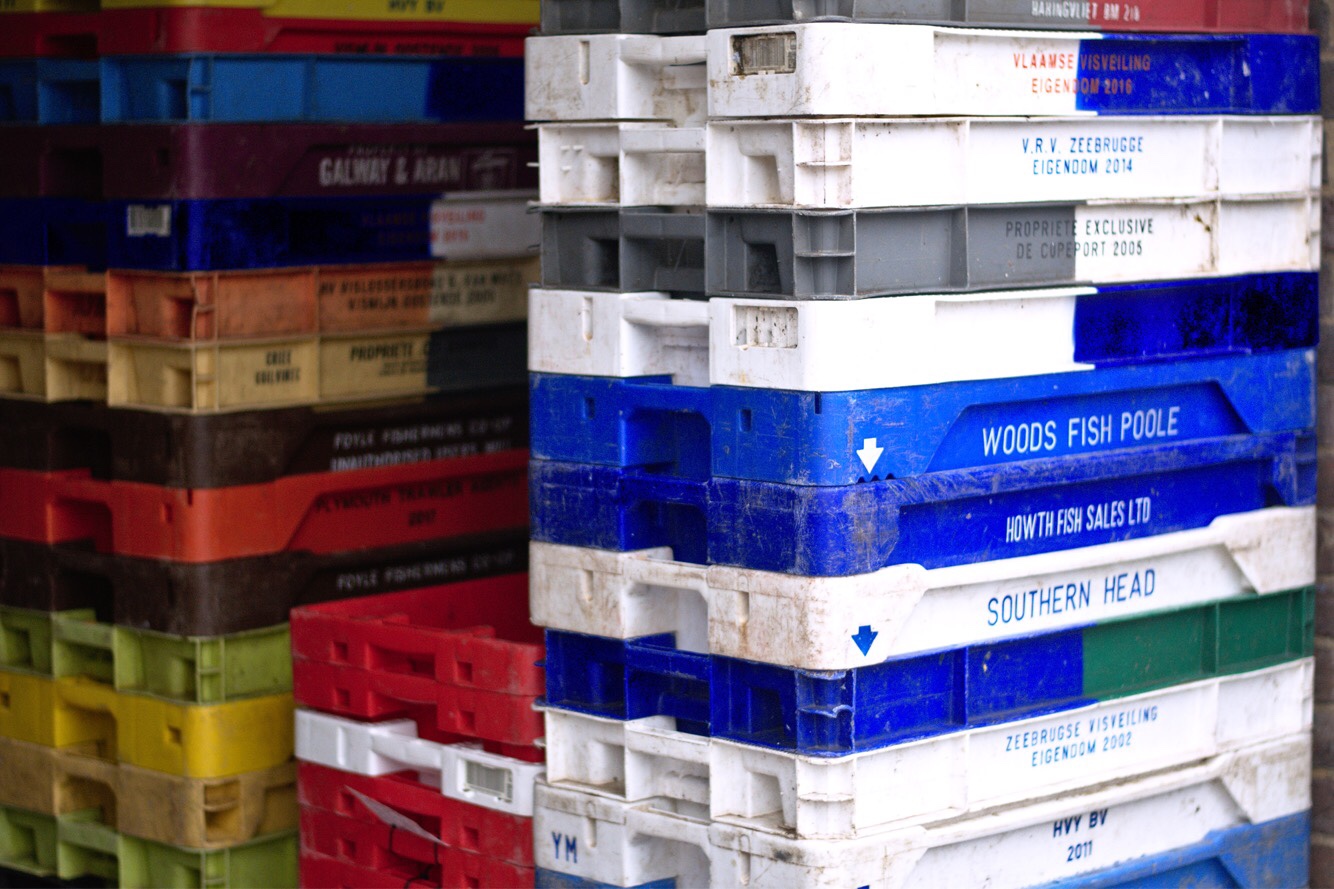


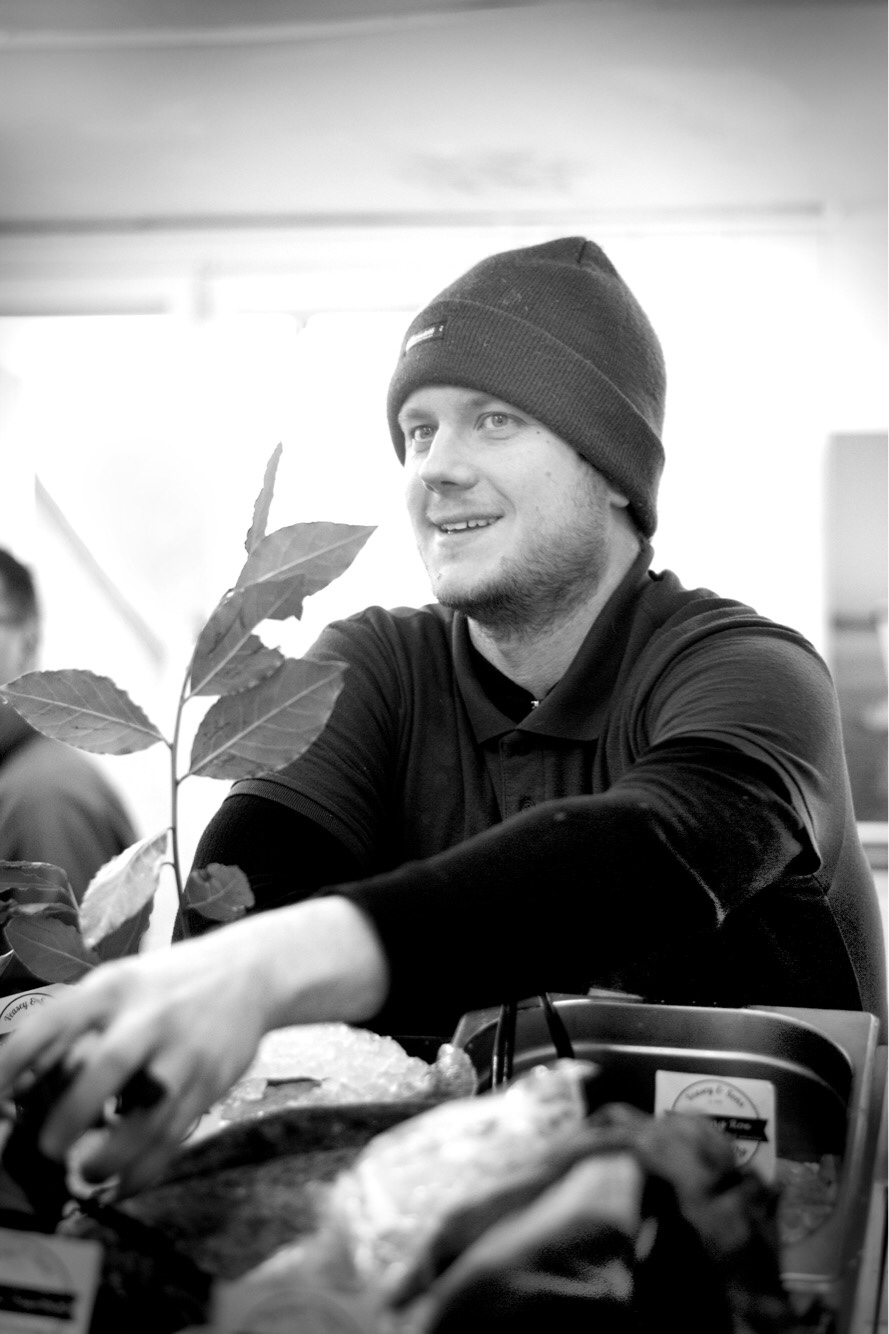
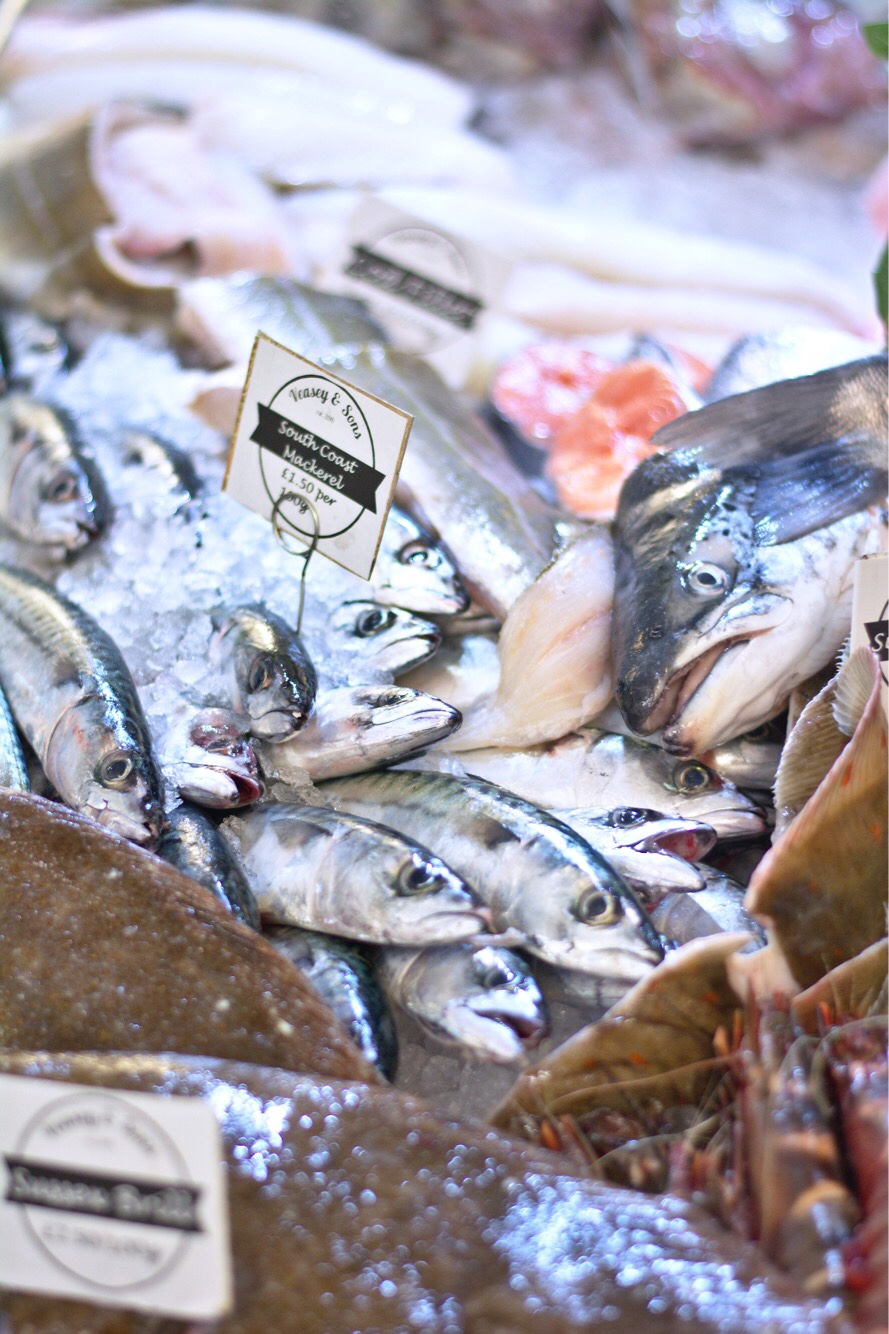

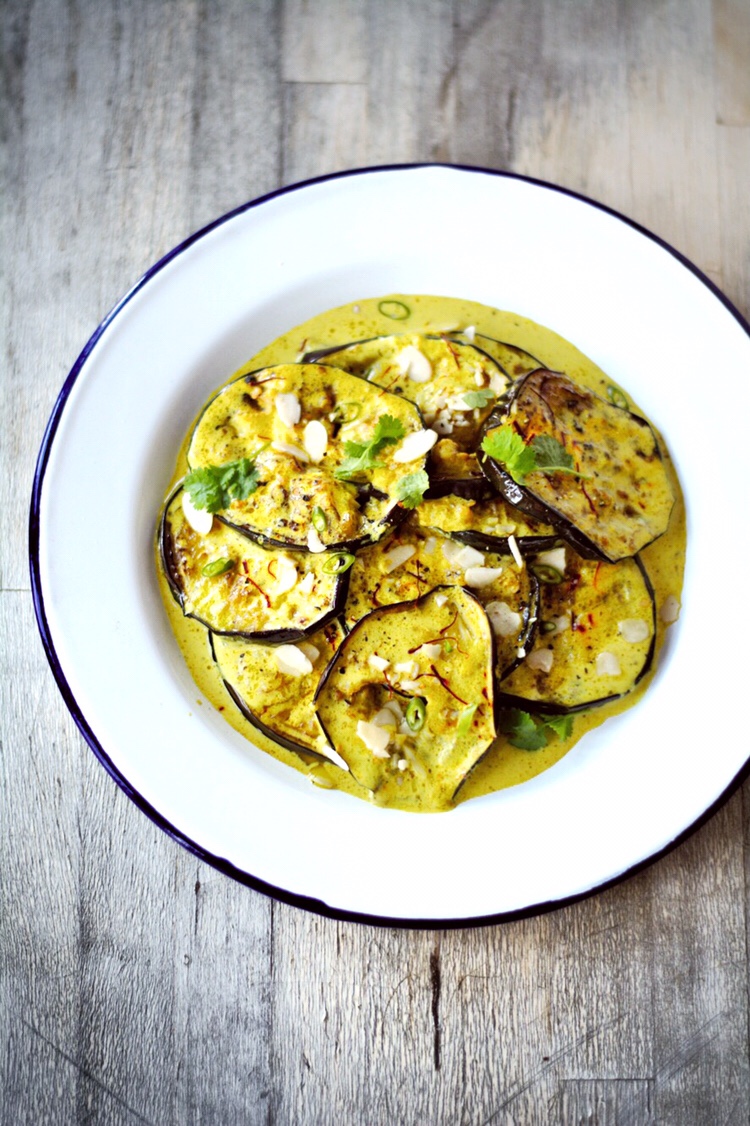 The more I cook, perhaps the older I get (or is it tireder), the fewer ingredients I want to use in a dish. And the simpler the food I'm making, the more delicious it seems to be.This week it's been a case of taking a vegetable and using that as the starting point for a meal. A little more thinking has had to be applied rather than thoughtlessly going with the usual starchy suspects you reach for on a rapidly darkening Tuesday evening.As if dealing with the sad acceptance that we don't live in an endless Swallows and Amazons summer wasn't enough, now we have to start eating properly again. No more cream teas and cake for the evening meal. Out has gone the pasta, rice and potatoes that form so many daily meals, and in, the sad acceptance that we are no longer inhabiting our 20 year old bodies.But it need not be dull as we slip headlong into turnip season. We are still heavy with aubergines, broccoli, cauliflower, courgettes and sweetcorn among other things. The salads are fading, but my appetite is growing. And as we lose nearly two hours of daylight over September's delicate and gentle colour change, we can start to get bolder and deeper with flavours.This recipe is based on the gloriously named Pushpesh Pant's 'curried aubergine in coconut sauce', which he says is from India's 'coastal region'. So just a small area then. I've added saffron, almond flakes, green chillies and coriander to mine to pep things up a little.Rich and exciting, it's texture is indecently silky, as if Liberty's had opened a dodgy Soho alleyway silk scarf shop. We had it twice this week, the juices mopped up with spiced
The more I cook, perhaps the older I get (or is it tireder), the fewer ingredients I want to use in a dish. And the simpler the food I'm making, the more delicious it seems to be.This week it's been a case of taking a vegetable and using that as the starting point for a meal. A little more thinking has had to be applied rather than thoughtlessly going with the usual starchy suspects you reach for on a rapidly darkening Tuesday evening.As if dealing with the sad acceptance that we don't live in an endless Swallows and Amazons summer wasn't enough, now we have to start eating properly again. No more cream teas and cake for the evening meal. Out has gone the pasta, rice and potatoes that form so many daily meals, and in, the sad acceptance that we are no longer inhabiting our 20 year old bodies.But it need not be dull as we slip headlong into turnip season. We are still heavy with aubergines, broccoli, cauliflower, courgettes and sweetcorn among other things. The salads are fading, but my appetite is growing. And as we lose nearly two hours of daylight over September's delicate and gentle colour change, we can start to get bolder and deeper with flavours.This recipe is based on the gloriously named Pushpesh Pant's 'curried aubergine in coconut sauce', which he says is from India's 'coastal region'. So just a small area then. I've added saffron, almond flakes, green chillies and coriander to mine to pep things up a little.Rich and exciting, it's texture is indecently silky, as if Liberty's had opened a dodgy Soho alleyway silk scarf shop. We had it twice this week, the juices mopped up with spiced 
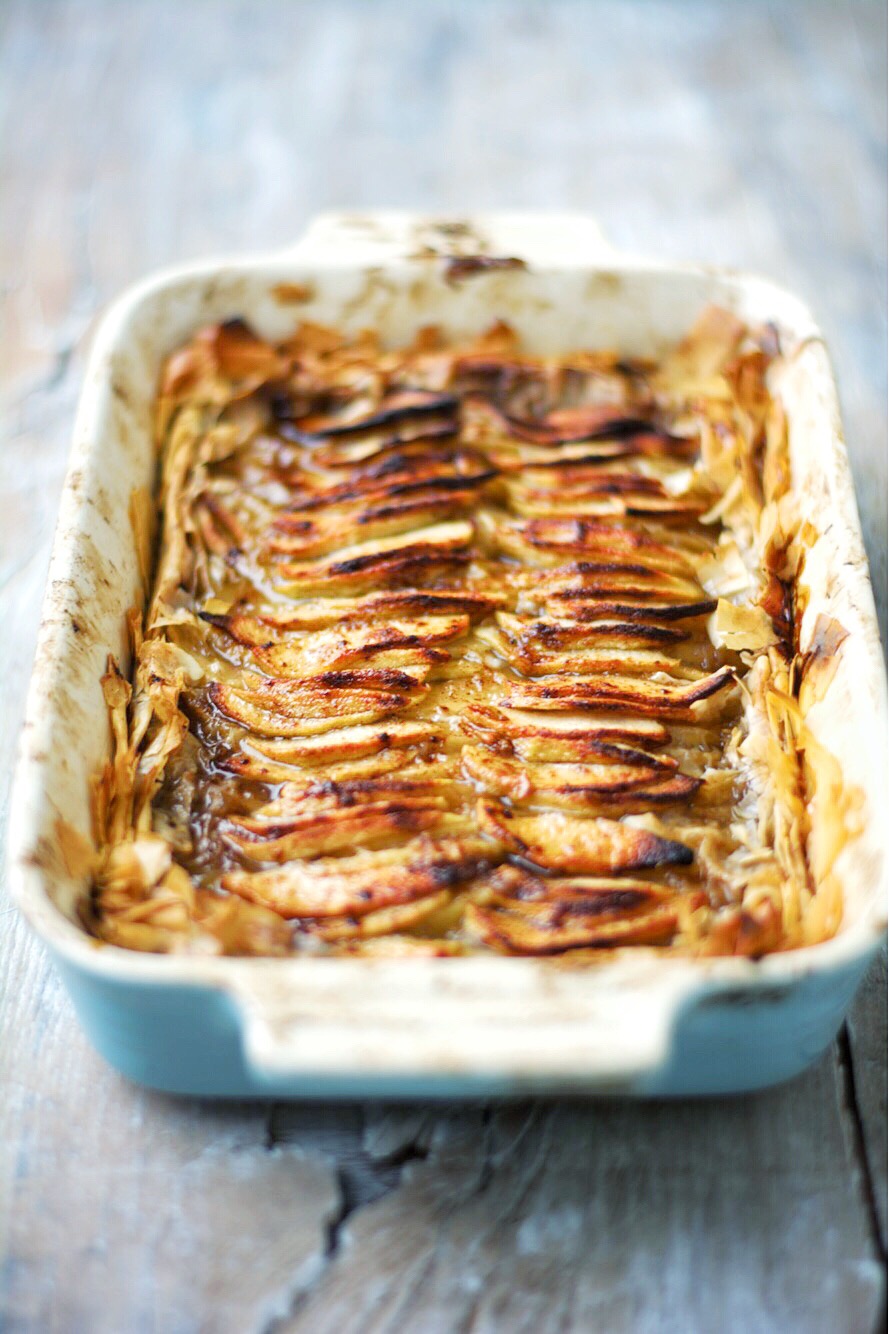 My first mumbled thought on waking this morning was that it is now acceptable to have a mince pie. Bonfire night has passed and November is wrapping its chilly fingers around mine reminding me I need some new gloves. Here at the kitchen table I'm doing a passable impression of a snowman.We have moved out of ours temporarily so the decorators can paint over years of underinvestment and its accumulated grime, which includes the children's use of walls as Basquiat did. Bee's parents are kindly letting us stay with them, and unused as we are to big, old houses, (insert joke here about the owners being creaky and and falling apart? Pretty sure mother-in-law doesn't read this? Check first) I'm considering turning their thermostat right up and convincing them it must be their advanced years that is giving them hot flushes.The beginning of the week, although disorganised and busy packing boxes, didn't prevent us eating homemade food. We had the leftovers from the Sunday roast as an evening meal of chicken noodle soup. That also left, in turn, chicken noodle soup leftovers for Monday's supper, pepped up with a little ginger, garlic and chilli. For us, Monday's meal is usually light and often no more than scrambled eggs on toast. Albeit scrambled eggs cooked with fresh curry leaves, garlic, ginger, green chilli, onions, garam masala and coriander.We saved the eggs for Tuesday, where I cooked down some tinned tomatoes with garlic, onion, some sautéed chorizo and a dash of nutmeg and chilli flakes. The eggs went into this sauce and baked in the oven for ten minutes before we eat it spooned onto lightly toasted sourdough, plates balanced on our knees watching the penultimate episode of
My first mumbled thought on waking this morning was that it is now acceptable to have a mince pie. Bonfire night has passed and November is wrapping its chilly fingers around mine reminding me I need some new gloves. Here at the kitchen table I'm doing a passable impression of a snowman.We have moved out of ours temporarily so the decorators can paint over years of underinvestment and its accumulated grime, which includes the children's use of walls as Basquiat did. Bee's parents are kindly letting us stay with them, and unused as we are to big, old houses, (insert joke here about the owners being creaky and and falling apart? Pretty sure mother-in-law doesn't read this? Check first) I'm considering turning their thermostat right up and convincing them it must be their advanced years that is giving them hot flushes.The beginning of the week, although disorganised and busy packing boxes, didn't prevent us eating homemade food. We had the leftovers from the Sunday roast as an evening meal of chicken noodle soup. That also left, in turn, chicken noodle soup leftovers for Monday's supper, pepped up with a little ginger, garlic and chilli. For us, Monday's meal is usually light and often no more than scrambled eggs on toast. Albeit scrambled eggs cooked with fresh curry leaves, garlic, ginger, green chilli, onions, garam masala and coriander.We saved the eggs for Tuesday, where I cooked down some tinned tomatoes with garlic, onion, some sautéed chorizo and a dash of nutmeg and chilli flakes. The eggs went into this sauce and baked in the oven for ten minutes before we eat it spooned onto lightly toasted sourdough, plates balanced on our knees watching the penultimate episode of 
